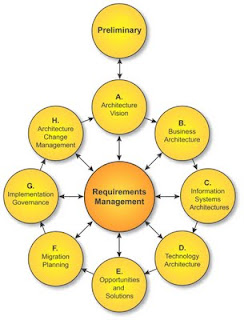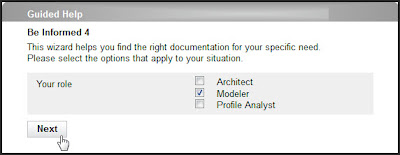Improving product and brand engagement
Instruction manuals, users guides, and other types of documentation have always been the way manufacturers distributed the how-to information about their products to customers, as well as sales and support staff and other employees.
This kind of catch-all, one-size document forces every user to sift through irrelevant information, applying their own context to find solutions to their problems. Even when they are successful, users remember the experience as painful and tedious.
What if you could take each individual user by the hand and guide them through the product, showing only what is relevant in their situation, immediately answering their questions and helping them make decisions and choices? Seamlessly effective, customized support would improve the user’s experience of the product and help them to feel engaged by the product and its brand.

Olympus boosted product and brand engagement in the seventies by reducing their cameras and lenses to sizes and forms that were easier to handle. This required a complete redesign of the architecture of the camera. As technical communicators, we now have reached the point where we have to reconsider the architecture of our documentation in a similar way.
Unsatisfied users will let the world know which products and brands have failed to deliver.
At the STC Summit 2013 in Atlanta, I will demonstrate how we can use semantic technology to create process-driven documentation. I will do this by live modeling with a semantic tool set. As the models in the semantic environment are instantly executable, we can work together on some documentation concepts, change the models and review the results in a web browser. The session will be highly interactive with plenty of opportunities to influence the modeling process and simulate specific situations.
When: May 6th, 2:00 pm (EDT)
Where: Hanover FG, Hyatt Regency Atlanta - Track my session
Level: Advanced
This kind of catch-all, one-size document forces every user to sift through irrelevant information, applying their own context to find solutions to their problems. Even when they are successful, users remember the experience as painful and tedious.
What if you could take each individual user by the hand and guide them through the product, showing only what is relevant in their situation, immediately answering their questions and helping them make decisions and choices? Seamlessly effective, customized support would improve the user’s experience of the product and help them to feel engaged by the product and its brand.
Product and brand engagement
Product and brand engagement is – a partly emotional, partly rational – process of forming an attachment between a person and a product and brand. As products become increasingly complex, engagement is heavily influenced by the user perception of the product, including factors like ease of use and user support. If a product helps a user to reach his or her goals, that success has a positive effect on the product engagement of this user. If more users have a positive experience and share it with their personal networks, the product and brand engagement (and success) of an entire organization can increase tremendously.

Olympus boosted product and brand engagement in the seventies by reducing their cameras and lenses to sizes and forms that were easier to handle. This required a complete redesign of the architecture of the camera. As technical communicators, we now have reached the point where we have to reconsider the architecture of our documentation in a similar way.
The challenge
Our challenge as technical communicators is to capture the processes of designing, making, servicing and using a product across its increasingly intelligent, social and network enmeshed life cycle.Users turn to the documentation when they run into difficulty. They want to find a specific, relevant solution, and find it now. When they don’t, it has a negative influence on their evaluation of a product and their engagement towards the product and its brand.Unsatisfied users will let the world know which products and brands have failed to deliver.
Get ready for the next wave in documentation
At the STC Summit 2013 in Atlanta, I will demonstrate how we can use semantic technology to create process-driven documentation. I will do this by live modeling with a semantic tool set. As the models in the semantic environment are instantly executable, we can work together on some documentation concepts, change the models and review the results in a web browser. The session will be highly interactive with plenty of opportunities to influence the modeling process and simulate specific situations.
When: May 6th, 2:00 pm (EDT)
Where: Hanover FG, Hyatt Regency Atlanta - Track my session
Level: Advanced



Comments